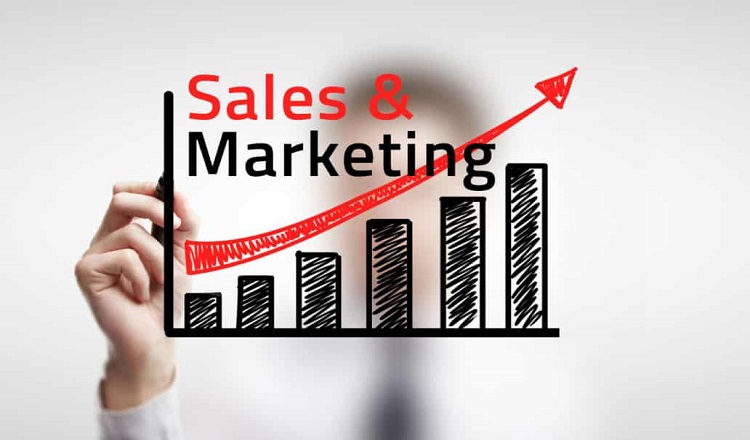In the ever-evolving world of digital marketing, understanding the customer journey is crucial for driving sales and building lasting relationships with clients. One of the most effective frameworks for visualizing and optimizing this journey is the marketing funnel. By implementing a well-structured marketing funnel, businesses can guide potential customers through their buying process, ultimately increasing sales and maximizing conversion rates. Here’s how to use marketing funnels effectively to boost your sales.

Table of Contents
Toggle1. Understand the Stages of the Marketing Funnel
A typical marketing funnel consists of several stages, each representing a different phase in the customer journey. The stages are generally divided into three main categories:
- Top of Funnel (ToFu): This stage focuses on attracting a wide audience and generating awareness about your brand or product. Potential customers at this stage may not yet be familiar with your business, so the goal is to capture their interest.
- Middle of Funnel (MoFu): At this stage, prospects are considering their options and researching potential solutions. Your goal is to nurture these leads, providing them with valuable content that educates and informs them about your offerings.
- Bottom of Funnel (BoFu): This is the final stage where potential customers are ready to make a purchase decision. Your focus should be on converting leads into paying customers through targeted offers and strong calls to action.
2. Create Awareness at the Top of the Funnel
To effectively attract potential customers, you need to create engaging and relevant content that resonates with your target audience. Here are some strategies to generate awareness:
- Content Marketing: Publish blog posts, videos, infographics, and podcasts that address the pain points of your audience. Optimize this content for search engines to increase visibility.
- Social Media Marketing: Use social media platforms to share your content and engage with potential customers. Paid advertising can also help increase reach and attract a broader audience.
- SEO Optimization: Implement SEO best practices to ensure your website and content are easily discoverable through search engines. This includes optimizing for relevant keywords and improving site performance.
3. Nurture Leads in the Middle of the Funnel
Once you’ve attracted potential customers, it’s essential to nurture them through the consideration stage. Here’s how to do this effectively:
- Email Marketing: Create targeted email campaigns that provide valuable content, such as guides, case studies, and product comparisons. Personalization can significantly enhance engagement.
- Webinars and Demos: Offer free webinars or product demos to showcase your expertise and provide deeper insights into your offerings. This interactive approach can help build trust with your audience.
- Retargeting Ads: Use retargeting campaigns to remind prospects of your brand and offerings. Display ads to users who have visited your site or engaged with your content to keep your business top-of-mind.
4. Convert Leads at the Bottom of the Funnel
The final stage of the funnel is where you aim to convert leads into paying customers. To do this effectively, consider the following tactics:
- Strong Calls to Action (CTAs): Use clear and compelling CTAs that encourage prospects to take the next step, whether it’s signing up for a trial, requesting a quote, or making a purchase.
- Limited-Time Offers: Create a sense of urgency with limited-time promotions or discounts to incentivize prospects to act quickly.
- Social Proof: Incorporate testimonials, reviews, and case studies into your marketing materials to build credibility and trust. Prospects are more likely to convert when they see evidence of positive experiences from other customers.
5. Analyze and Optimize Your Funnel
To maximize the effectiveness of your marketing funnel, continuously analyze performance metrics and gather feedback. Use tools like Google Analytics, CRM systems, and marketing automation software to track the following:
- Conversion Rates: Monitor how well each stage of the funnel converts leads. Identify areas for improvement and make necessary adjustments.
- Customer Feedback: Gather feedback from customers to understand their experiences throughout the funnel. This can help you identify pain points and optimize the customer journey.
- A/B Testing: Test different marketing strategies, ad creatives, and landing pages to determine what resonates best with your audience. Use the insights gained to refine your approach.
Conclusion
Utilizing marketing funnels effectively can significantly increase your sales by guiding potential customers through their journey from awareness to conversion. By understanding the stages of the funnel, creating engaging content, nurturing leads, and optimizing your strategies, you can enhance the customer experience and drive higher conversion rates. In today’s competitive market, a well-structured marketing funnel is essential for businesses looking to boost sales and foster long-term customer relationships. Embrace this framework, and watch your sales grow!


No responses yet